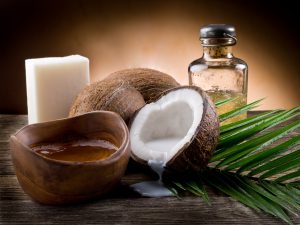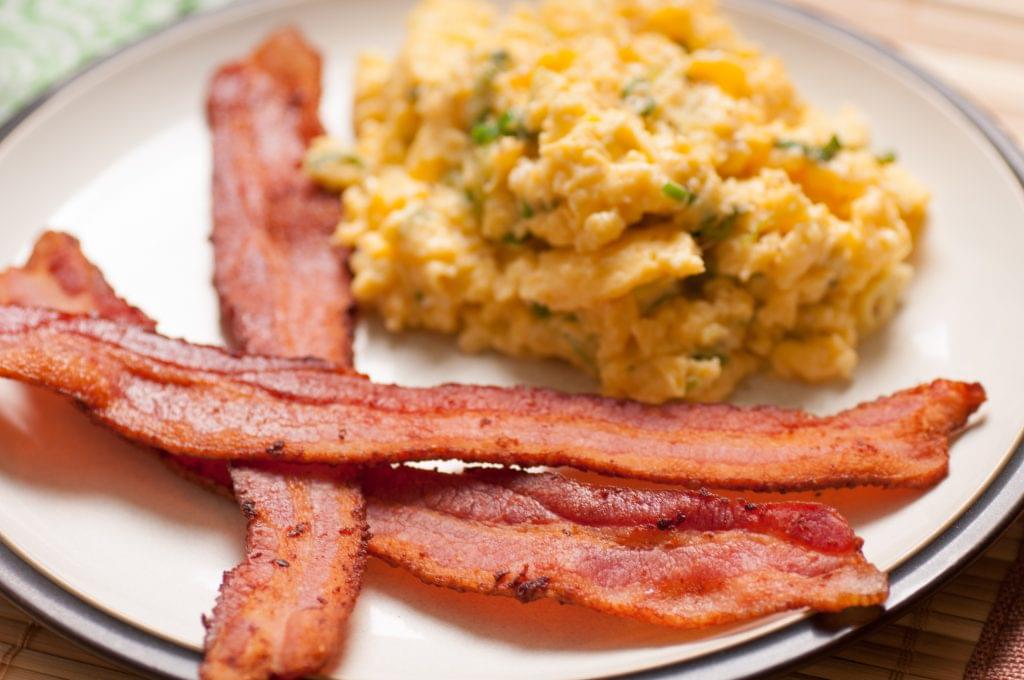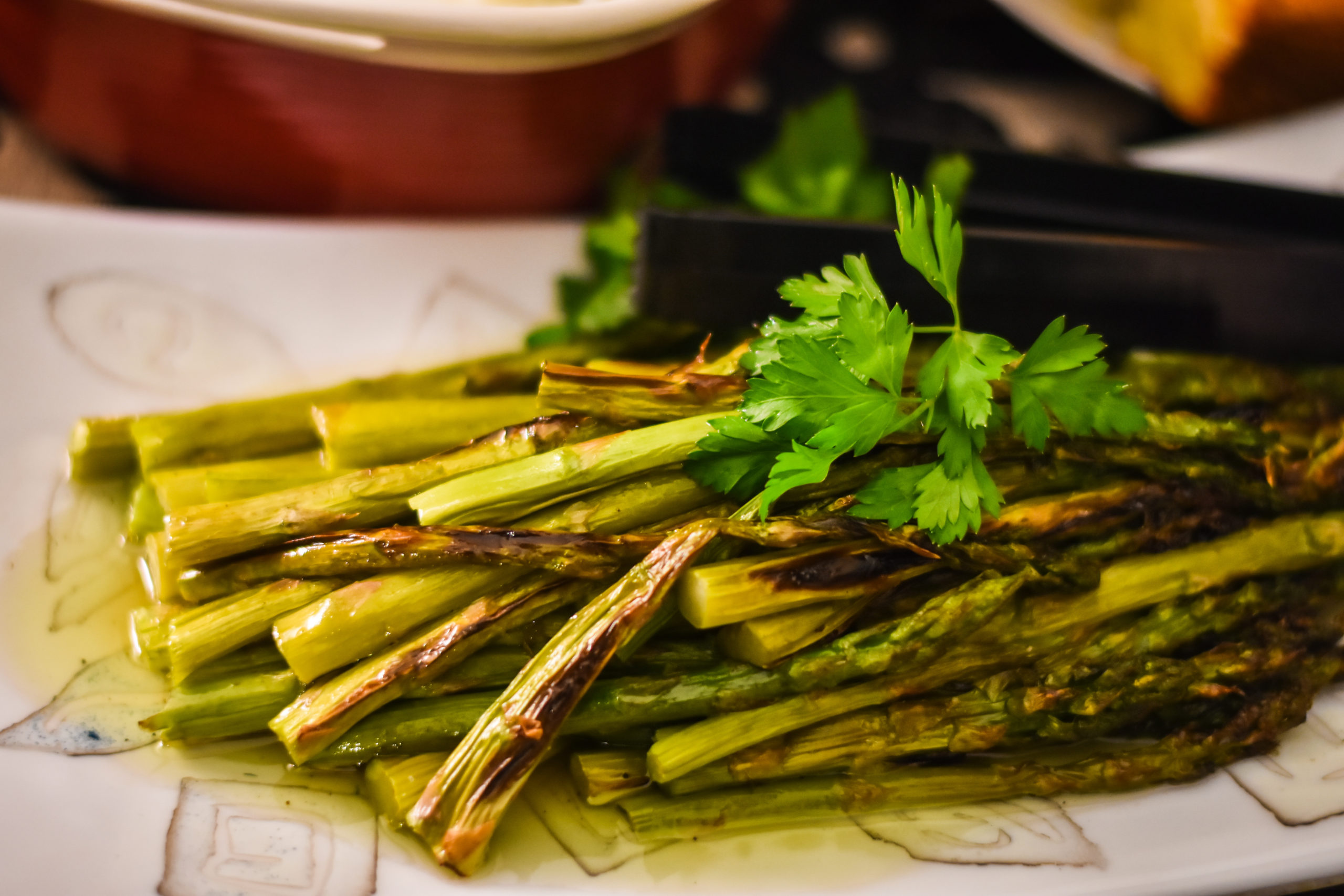The Ketogenic Diet is here to stay. From losing weight, to fighting cancer, to improving your overall health, this diet “trend” is becoming more and more of a mainstay. In this post, you will learn about the five different types of ketogenic diets, and how to determine which is right for you!
Benefits of Ketogenic Diets
Ketogenic diets are famous for their weight loss benefits. In study after study, obese patients on a low carbohydrate diet are losing more weight than patients on a low fat diet. Since the discovery that the body can run on fats or carbs, it has been determined that the former is the healthier overall choice for the body.
Weight loss is not the only benefit of the Keto Diet! Other benefits include increased mental clarity, increase in physical performance, clearer skin, and more energy. Also, when running on fat, your body releases less reactive oxygen and free radicals, which helps relieve chronic inflammation.
Ketogenic diets also help lower insulin levels, which can prevent type 2 diabetes, or reduce the symptoms of those with T2 Diabetes. The pancreas makes insulin to regulate glucose levels and move glucose through the bloodstream. Since the ketogenic diets limits carbohydrate intake, your body will have less glucose and therefore produce less insulin.

Which Variation is Right for Me?
If you have started practicing the Keto Diet within the last year, it is not recommended to try any variations. The Standard Ketogenic Diet (SKD) takes discipline and regulation. Trying any sort of variation can cause a break from the diet and results you have been working so hard to maintain and achieve.
Don’t risk breaking your ketosis, and causing a backslide in your progress, just to try something new! Be sure to think carefully about what your Ketogenic Diet Goals are before making any changes. If you are not a high-intensity athlete, a body builder, have specific dietary restrictions, or are practicing the Keto Diet for medical reasons, oftentimes the best option for you is the SKD.
5 Types of Ketogenic Diets
- Standard Ketogenic Diet
- Targeted Ketogenic Diet
- Cyclical Ketogenic Diet
- High-Protein Ketogenic Diet
- Restricted Ketogenic Diet

Standard Ketogenic Diet
The Standard Ketogenic Diet Plan is the plan that you will learn the most about. When the “Keto Diet” is referenced, this is the plan being referenced. This diet plan consists of a 75% fat intake, 20% protein intake, and 5% carbohydrate intake. As with all diets, you should keep in mind that fat intake is different for everyone, so you can tweak it to your optimal consumption point.
Fat consumed in this diet plan is Healthy Fat. No matter what your mother told you, you need to fill your diet with healthy fats to stay full and fuel your body on this diet! Fat should be 75% of your daily intake, so your meals, snacks, and food consumption will revolve around these healthy fats. When applicable, you want your fats to be Organic, Grass Fed, and/or Wild Caught.
Some great examples of fats include:
- Cacao Butter
- Coconut Butter
- Organic Coconut Oil
- MCT Oil
- Almond
- Butter
- Coconut Milk
- Coconut Cream
- Ghee
- Avocado
- Nuts
- Sugar Free Chocolate
- Olives
- Butter
- Bacon Fat
- Avocado Oil
- Cheeses
- Heavy Cream
- Sour Cream
- Olive Oils



There are SO many foods you can eat on the SKD! If you didn’t know, there are such things as 100% cocoa and sugar-free chocolate. In moderate quantities, either would be a wonderful dessert on a Keto Diet.
For recipes, ideas, and an easier transition into the Keto Diet, check out:
Targeted Ketogenic Diet

Targeted Ketogenic Diets (TKD) are geared towards bodybuilders. This variation of the ketogenic diet allows athletes to ingest high-quality carbohydrates within a half hour of a workout. Since the athletes are performing high-intensity workouts, they are able to burn the additional carbs off very quickly in a workout. They literally burn them before it affects their state of ketosis. If the carbs aren’t burned completely, or in a short period of time, the body is taken out of ketosis.
The key to this is high-intensity workouts. This variation of the Keto Diet s not intended for the majority of gym-goers. If you are a runner, play on an intramural sports league, or attend cardio classes, stick with the SKD. You can still get the boost that you need with a fat bomb before or after your workout. If you are a bodybuilder, or a professional athlete, then the TKD might be for you.
A good tip for burning your TKD carbs fast, is to eat easily digestible carbohydrates. After the workout, it is important to take in more protein to build muscle mass faster.
Cyclical Ketogenic Diet

The Cyclical Ketogenic Diet (CKD) is a solution to long-term Ketogenic Diet success. It one to break ketosis from time to time, therefore enjoying carbs, while resetting the metabolism. You will often see the CKD in reference to athletes, but cycling out of ketosis is healthy for everyone.
This variation of the Keto Diet does allow you to have carbs, but only healthy, non-processed carbs like berries, sweet potatoes, or carrot juice. This variation takes extra self-control, as you will need to put yourself back on the SKD after 24-48 hours. The longer you stay out of ketosis, the hard it will be to return to it.
This variation can be practiced as a weekly 5 day low carb, 2 day high carb, or can be used monthly for a metabolism reset. For more information on this variation, check out: Cyclical Ketogenic Diet (CKD) Plan. Pay close attention to the second part of the post if you are an athlete.
High Protein Ketogenic Diet

High Protein Ketogenic Diets (HPKD) are geared towards people with obesity. These dieters later transition into a standard ketogenic diet. In a HPKD, practitioners will consume 35% protein, 60% fat, and 5% carbs.
Basically, this variation is the SKD alternated with additional amounts of protein. Much like carbs in the CKD, you can use protein to enhance physical performance or muscle building. This variation may be ideal for elite athletes.
Protein is important on the keto diet, but too much of it will cause you to fall out of ketosis. If you are consistently eating more protein than is necessary for your body, your body will actually convert that protein into glucose, and use that glucose for energy. This is known as gluconeogenesis, which will actually break down your lean muscle, and can also raise your blood glucose and insulin levels. Obviously, this will affect your ketosis, as you will have glucose fueling your body again.
Be very careful with this variation, and do your research thoroughly before choosing and implementing the HPKD.
Restricted Ketogenic Diet

The Restricted Ketogenic Diet (RKD) is a calorie restricted version on the SKD. In this variation, dieters are put in a strict caloric restriction, and only consume 12 or less grams of carbohydrates per day.
This variation is most often used in medical settings. Often, the dieter will start this variation with a three day fast. The RKD is the most effective keto diet for fighting against cancer. A 2010 study showed that a patient with a form of brain cancer had no signs of mutated brain tissue after two months on this diet. Medical professionals will not only monitor caloric intake, carbs, and ketosis, but specific ketone levels will need to be achieved.
Are Ketogenic Diets for Everyone?
Though the ketogenic diet is a great healthy option, there are some people, in special circumstances, who should not try a ketogenic diet. Some of these special circumstances include: pregnant or breastfeeding women, and athletes who are starting a new season. Individuals with kidney stones or gallbladder issues should discuss their diet plans with a medical professional before starting on a ketogenic diet.
Do I have to quit Alcohol on a Ketogenic Diet?
Although preferable, you DON’T have to. You see, most alcohol contains large amounts of carbs, which you are trying to control while on Ketogenic diet. Vodka with soda water and lime has zero carbs. So does tequila, brandy, and whiskey. Most glasses of wine (5oz, not the full glass) have 0-4g of carbs. Beer and mixed drinks have significantly more carbs. So if you are having your drinks straight up, you’ll be safer.
READ MORE:















